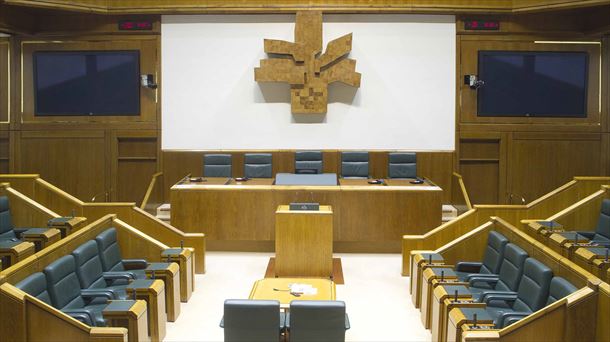The holidays are over, not only for the students, but also for the politicians of Carinthia: Financial officer Gaby Schaunig presented an additional estimate for the state budget during the first government meeting after the summer holidays. The short version: More money comes from the federal government, the deficit decreases, but remains at 280.5 million euros. Read what the state budget is used for.
Until now, as usual in years with state elections, there has been a working budget, now there is an additional estimate for 2023: this reflects the priorities of the self-proclaimed ‘sustainability coalition’ consisting of the SPÖ and ÖVP.
Due to higher revenue shares – which are the tax dollars paid out by the federal government to the states – payments have increased by approximately 248 million euros compared to the original plan. But payouts have also increased, by 146 million euros. Much of this relates to the costs of clean-up work following this year’s and last year’s heavy storms.
In total, the deficit in the state budget will decrease by 102 million euros. Nevertheless, it still amounts to -280.5 million euros. The total debt of the state of Carinthia amounts to 3.927 billion euros.
Expensive matters: climate change and health
Price increases due to high inflation, the costly consequences of global warming, declining economic growth – these are what the state government has to deal with. Above all, the consequences of climate change are an important point in expenditure, because climate change costs money: “We are talking about damage of around 42 million euros in agriculture and forestry alone,” says the responsible State Councilor and LH deputy. . Martin Gruber (ÖVP).
Healthcare costs have also risen dramatically, which is why an additional €30 million has been included (see list below). According to Kaiser, funding for cancer treatment in Kabeg homes has increased 300 percent in just a few years. To reduce the burden on the population, the Carinthia ticket will continue to be offered at the reduced price of 399 euros, and better timing of public transport should also be ensured.
According to the additional estimate, these areas will receive more money:
- 13.9 million euros for premium-free kindergartens and daycare centers
- approximately 30 million euros in the field of health and care
- 1.5 million euros for climate and environmental protection
- 5 million euros for making transport more sustainable and easing commuting
- 12 million euros investment in the expansion and equipment of technology parks
- 6.1 million euros for child and youth care
- 5.9 million euros for road and bridge infrastructure
- 3.8 million euros for the repair of disaster damage in the national road network and the “further development of the Krastowitz education center”
- 2.5 million euros for art, culture and science
The figures in the additional estimate would precisely show the connection with the financial equalization, says Schaunig. De LH: “We must reach a common solution with the federal government on financial equalization.”
What next with the financial equalization?
In general, there is a shift in burden from the federal government to the states and municipalities: “No matter how hard we try, we can save essential areas, de facto zero them out – it wouldn’t change the fact that we have a deficit in the state budget. Simply because our tasks are not compensated by the necessary income from tax shares,” says Schaunig. And he adds: “It is not about the vanity of the countries, but about the needs of the people!”
Source: Krone
I am Ida Scott, a journalist and content author with a passion for uncovering the truth. I have been writing professionally for Today Times Live since 2020 and specialize in political news. My career began when I was just 17; I had already developed a knack for research and an eye for detail which made me stand out from my peers.



